Articles

Rural Road Safety in New South Wales
Road safety on rural roads remains one of the most urgent and persistent challenges facing the state’s transport network. Despite years of government initiatives and targeted investments, regional roads continue to be the most dangerous areas to drive.
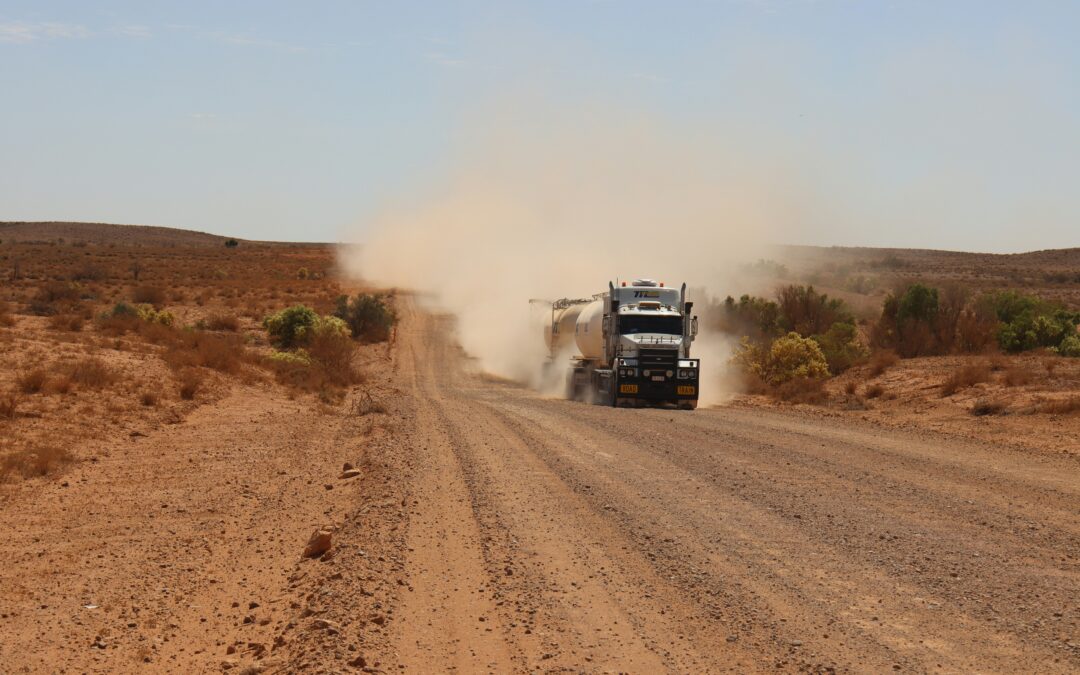
Understanding the Classification of Heavy Vehicles in Australia
Heavy vehicles are divided into two categories: General Access Vehicles (GAV) and Restricted Access Vehicles. Restricted Access Vehicles (RAV) are further divided into three classes under the Heavy Vehicle National Law (HVNL) which serve to manage the road access requirements for various vehicle combinations.
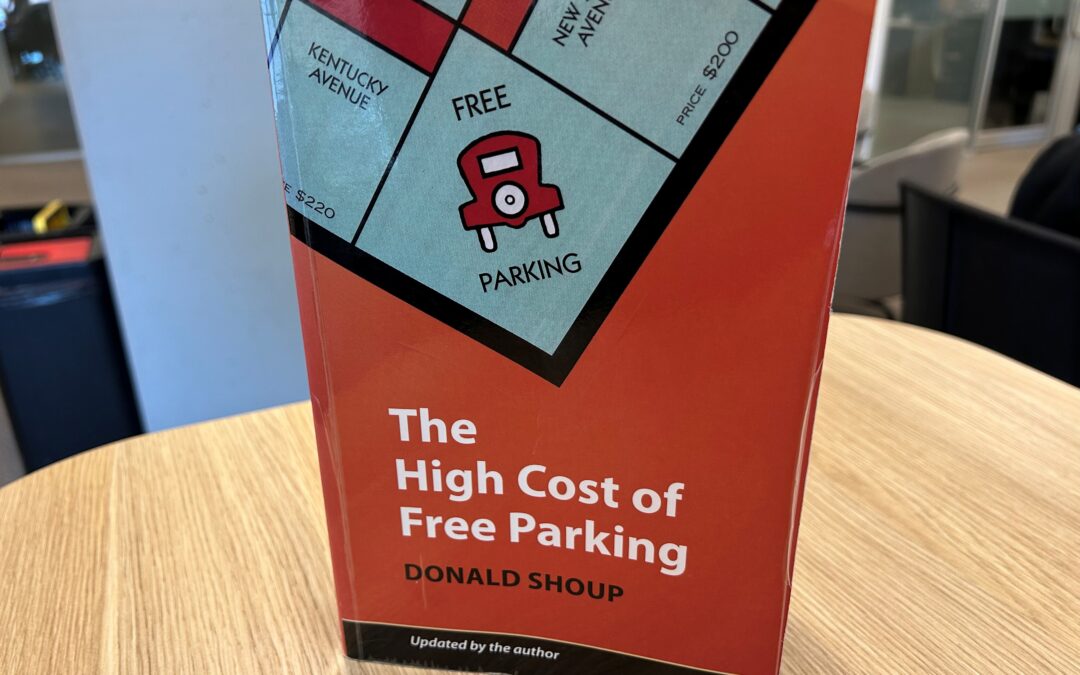
Donald Shoup and ‘The High Cost of Free Parking’
Earlier this year the international transport planning industry lost the ‘rock star of car parking’, distinguished urban planning professor Donald Shoup. I wanted to take this opportunity to reflect on some of the key ideas that emerged from his book ‘The High Cost of Free Car Parking’.
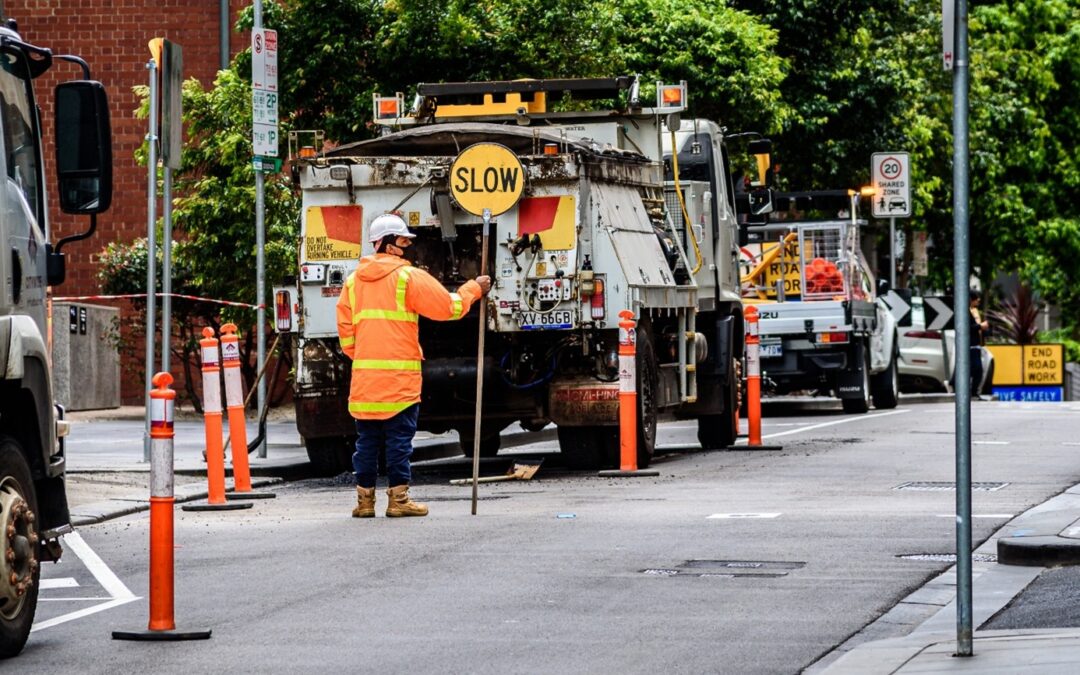
Navigating Works Within a Local Road Reserve in Australia: Permits, TMPs and TGSs Explained
In Australia, there’s generally a simple permit process when civil works are required within a Council-managed road reserve in comparison with a State managed road reserve. Nevertheless, the process can still be confusing for the applicant with multiple stakeholders involved and variance in the process between councils.
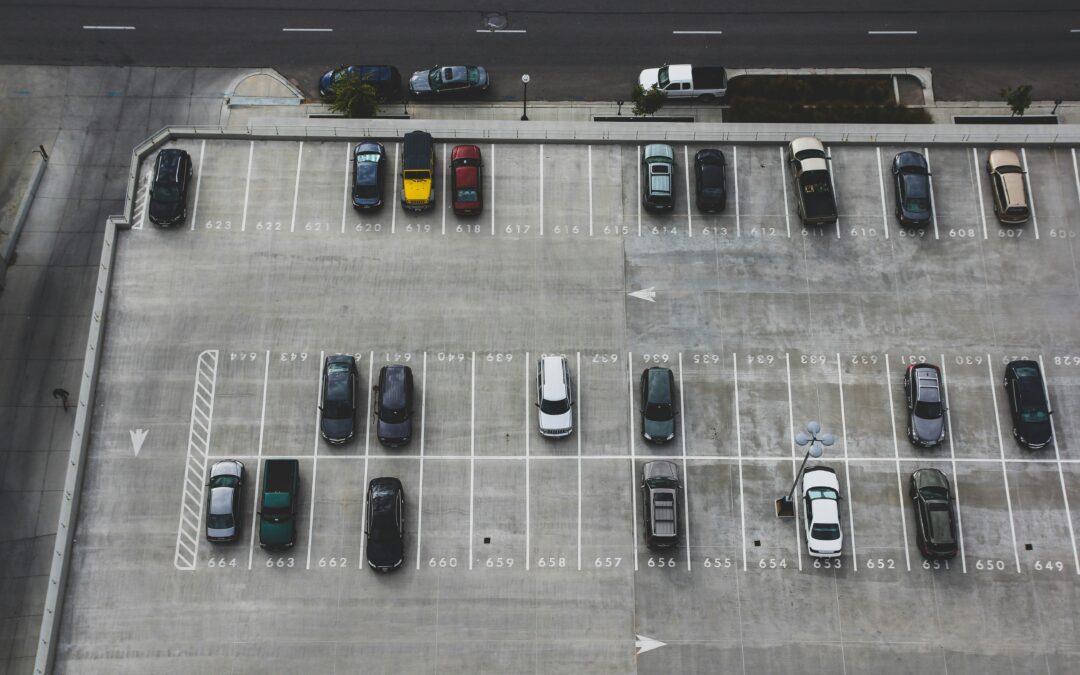
Upcoming Changes to Australian Standard AS2890 Part 1: Off-Street Car Parking
Part 1 of the AS2890 Series has not been updated since 2004, however is currently undergoing revision with authors incorporating public comments received following the release of the draft version. With more than 20 years between revisions, what are the changes that can be expected and how were they derived?

Pedestrian and Cyclist Safety in Worksite Traffic Management
The provision of traffic management during construction activities is required to provide a safer environment for road users, including our more vulnerable users – pedestrians and cyclists.

Common Issues in the Design of Accessible Transport Infrastructure
While accessible design is increasingly emphasised when developing new transport infrastructure, there are still many issues that are overlooked. These issues can create significant barriers for individuals with disabilities, the elderly, and other vulnerable road users.
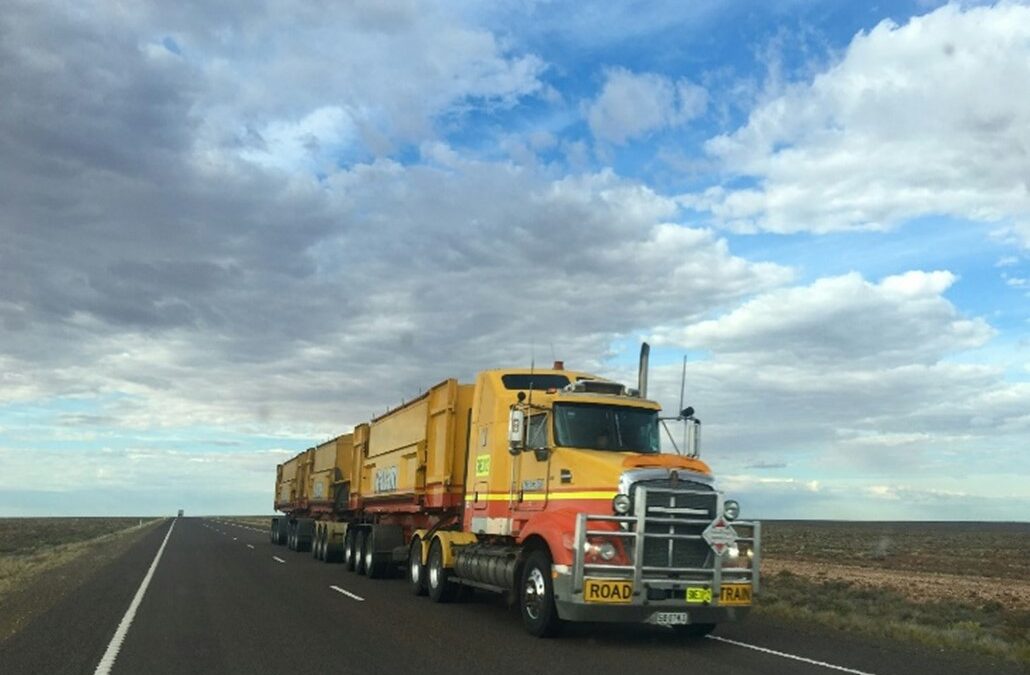
Heavy Vehicle and Oversize/Overmass Route Assessments for Renewable Energy Projects
A wide range of heavy vehicles are required to transport materials and infrastructure to renewable energy project sites. So how do we ensure that these vehicles comply with road regulations and provide project owners and road authorities the confidence that the materials and infrastructure can arrive safely to the project site?

What is a Car Parking Demand Assessment?
The car parking requirements of different land uses are typically outlined by Councils through their local planning controls. When there is no car parking rate specified for a land use or if a car parking reduction is sought, it is the role of a traffic engineer to forecast the likely car parking demands of the development.

Setting up for Success: Traffic Management Plans for State Significant Renewable Energy Projects in NSW
Amber staff benefit from experience across project scoping, Environmental Impact Statement and post-approval management phases of State Significant Developments of renewable energy project across NSW. Through this experience we have insights into the best ways to manage (and hopefully avoid) risks to construction activities on-site.

Amber Organisation acknowledges the Traditional Owners of Country throughout Australia and recognises the continuing connection to lands, waters and communities. We pay our respect to Aboriginal and Torres Strait Islander cultures; and to Elders past and present.
Talk to an expert
We're here to help and answer any questions you might have.
We look forward to hearing from you.
